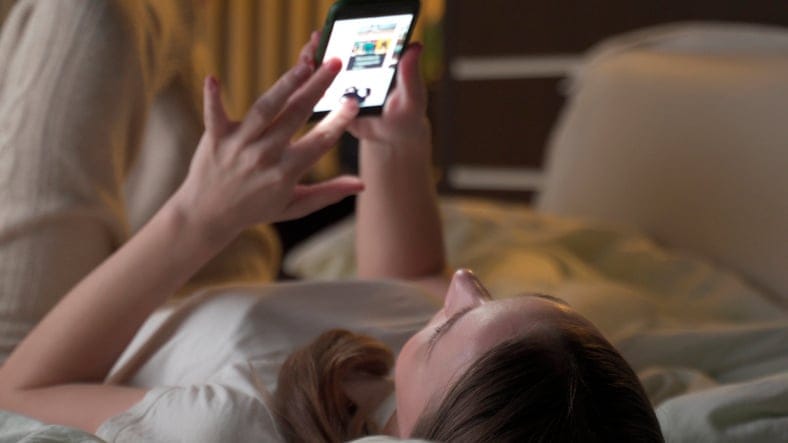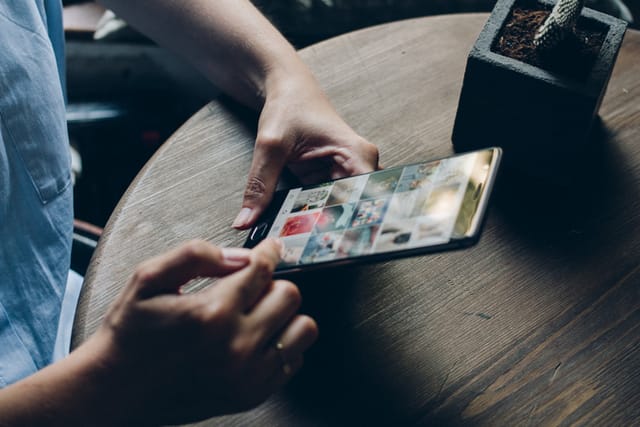Saying that most of us are guilty of spending way too much time on social media is like saying that the sky is blue. It’s basically a given these days. And while many of us would probably like to waste fewer hours scrolling relentlessly, we also feel helpless to change. Of course, it’s not entirely our fault. The content we see on Instagram, Twitter, TikTok, and the like is specifically curated to keep us engaged (and hopefully spending our hard-earned cash via numerous ads) for longer. As it turns out, our social media obsession scrambles our brain in order to get you to buy stuff you don’t really want or need.
Everything we see on social media is geared toward selling us something. Between sponsored content from influencers (#affiliatelink #gifted, ugh!) to actual advertising, which at this point are inserted between pretty much every single post by someone we actually follow. However, it’s freaky when you realize just how curated this form of advertising is and how effective it actually is.
A simple experiment proved the link between social media and impulse purchases
Advertising professors Matthew Pittman and Eric Haley conducted three separate online studies in 2022 on Americans between the ages of 18 and 65 to discover how people respond to ads depending on what’s going on in their heads at the time. One group simply looked at an ad for a meal prep service without doing anything else first. A second group was asked to memorize a nine-digit number before looking at an ad for ice cream. Finally, a third group scrolled through Instagram for 30 seconds before seeing an ad for coffee beans.
After seeing the ads, each participant rated how likely they were to purchase the product and how much thinking they had to do about it. The third group, the one that scrolled Instagram before seeing the ad, were the most likely to buy and spent the most time thinking about and assessing the contents of the ad.
So, what does this mean? Scrolling social media jumbles your thought processes and makes you less likely to be able to think logically. As a result, you’re more likely to buy things you don’t actually want or need. Those in the Instagram group told the study authors they wanted to buy for nonsensical reasons like “food” or “plate” and some claimed the ad contained “too many words and opinions in the picture.”
Want a partner? Attract love with the power of your mind.
Sweetn is a new research-based startup that shows you how to call love into your life with the power of your mind. Take our quiz, and try our tools—they can transform your energy and your love life in a few weeks. Just click here.
“Cognitive overload” is a good thing in advertising
The idea here is that when you’re spending tons of time scrolling through social media, your brain is always breaking down little bits of information. From looking at people’s photos to reading their captions and watching videos, it’s easy to overstretch your thinking skills. As a result, it’s hard to form linear thoughts, and this is what advertisers take advantage of.
To put it in practical terms, you’re more likely to think less about what you’re doing when you’re distracted by something else. For instance, if someone asks you if you want to go for food while you’re busy paying for a purchase at a store, you’re more likely to go along with it because you’re distracted. If they asked you while you were simply walking around, you might consider the fact that you’re not hungry and the food isn’t very nice at the restaurant. This is the stress our brains are constantly under.
Pittman did notice one big exception to this trend. The more familiarity the user had with the subject matter of an ad, the more likely they were to be able to consider it properly and even resist it.
What this means for the future of advertising is clear. However, it’s us to up to find a way to beat it, if we care to.




